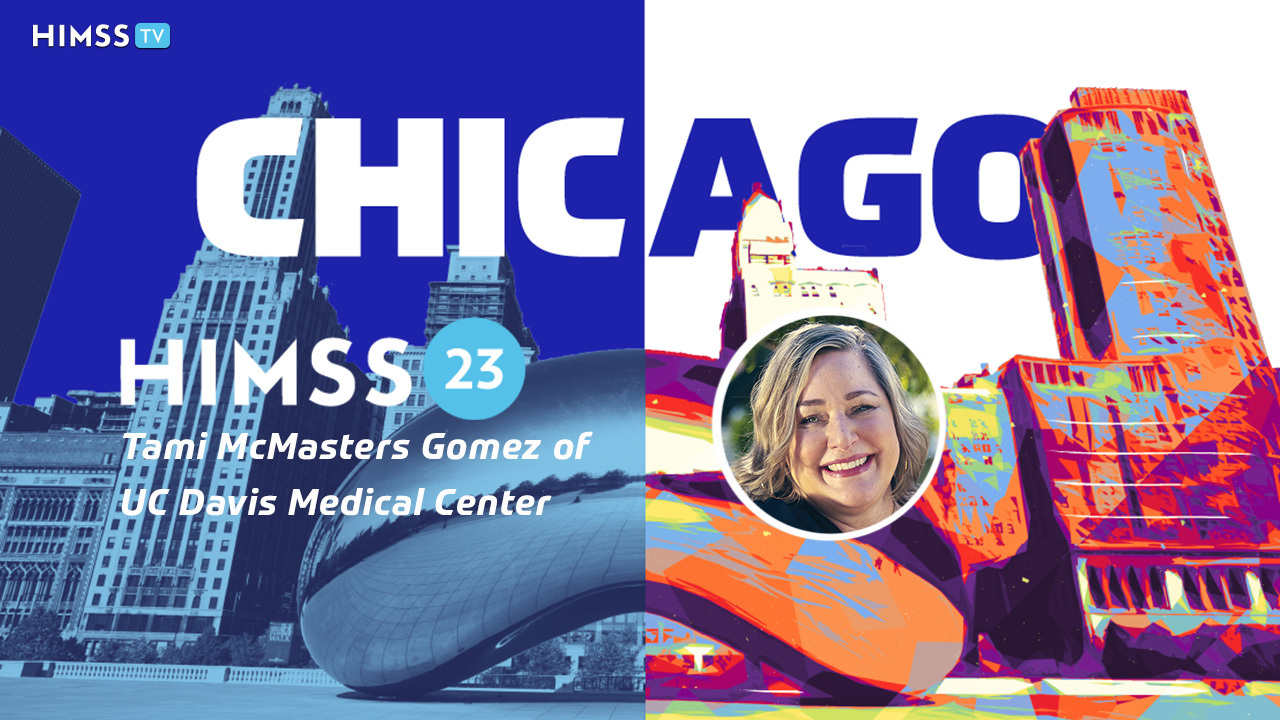
@ShahidNShah


Artificial intelligence (AI) in charting has become a crucial tool in the healthcare sector for reducing the workload on physicians. Automation is essential for bridging the gap between clinical work and coding and documentation processes, according to Tami McMasters Gomez, director of coding and clinical documentation integrity services at the UC Davis Medical Centre.
In the past, clinicians have been in charge of recording patient contacts, diagnoses, and treatment plans in addition to actually caring for patients. They must also guarantee appropriate coding for invoicing and insurance needs. Their already busy schedules are frequently significantly burdened by this dual responsibility's additional workload and administrative duties. Clinicians can gain from quicker operations and decreased administrative burdens with the inclusion of AI technologies into charting systems.
Continue reading at healthcareitnews.com
The Responsible AI for Safe and Equitable Health (RAISE-Health) programme, which aims to address safety and ethical issues surrounding the use of artificial intelligence (AI) in healthcare, was …
Posted Jun 20, 2023 Patient Safety Technology Artificial Intelligence #healthequity
Connecting innovation decision makers to authoritative information, institutions, people and insights.
Medigy accurately delivers healthcare and technology information, news and insight from around the world.
Medigy surfaces the world's best crowdsourced health tech offerings with social interactions and peer reviews.
© 2025 Netspective Foundation, Inc. All Rights Reserved.
Built on Apr 17, 2025 at 6:07am